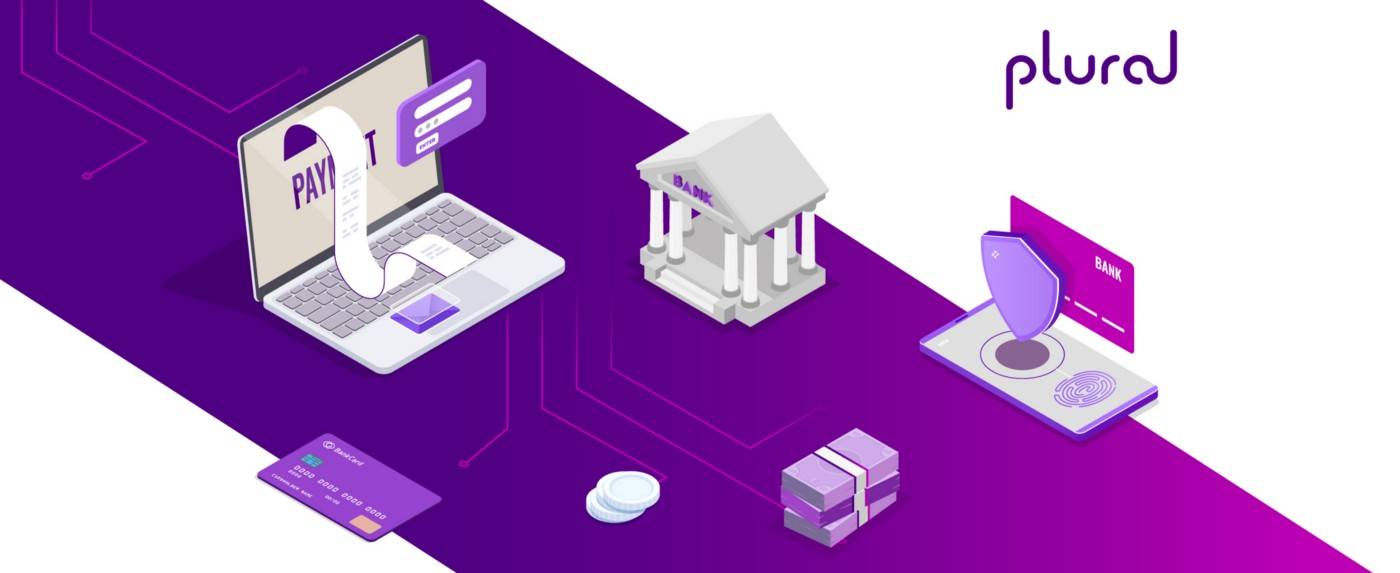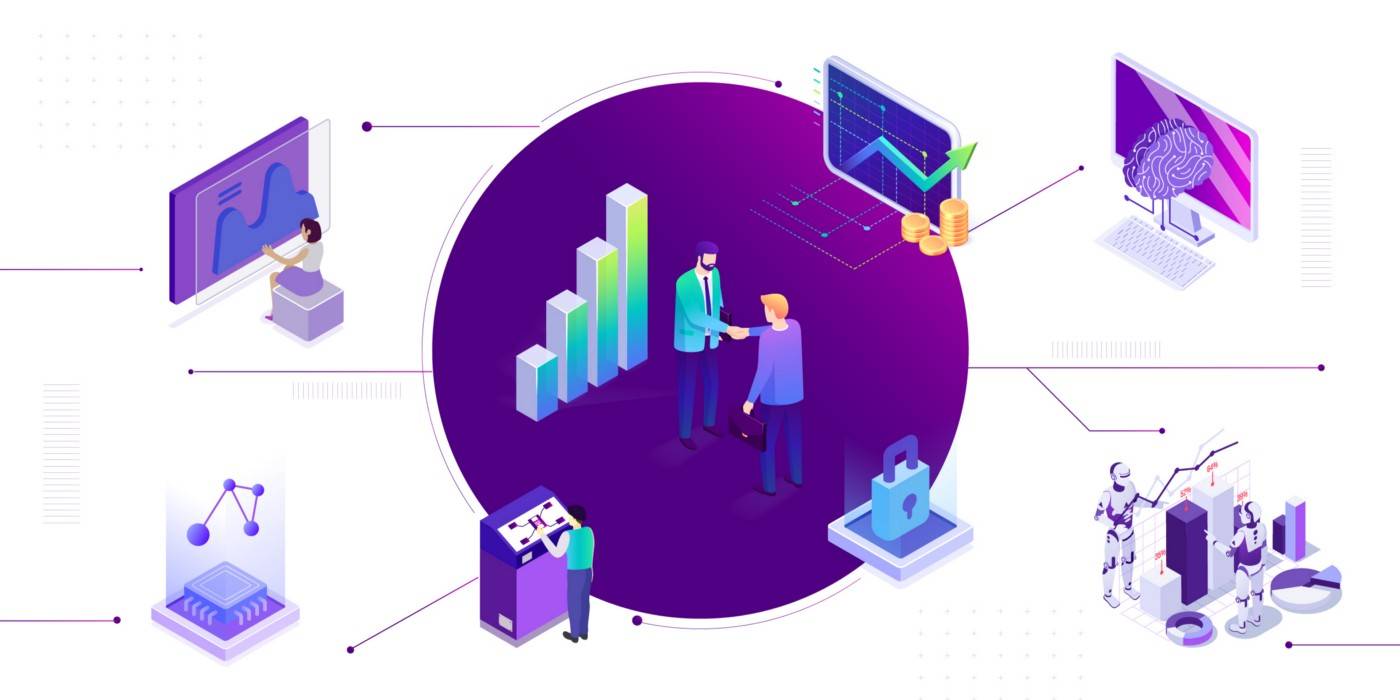Meet Ramesh Gupta, a middle-aged pani puri vendor with a small but bustling stall in the heart of Delhi. His humble pani puri stall proudly showcases a QR code sticker affixed to a makeshift stand. This unassuming sticker offers a window into the evolving landscape of modern transactions, namely, UPI payments.
The QR code, powered by the Unified Payments Interface (UPI) technology, has revolutionised how vendors like Gupta conduct business. UPI, a groundbreaking payment system in India, acts as a bridge between various banks and payment networks, enabling swift and hassle-free money transfers. It has become the backbone of digital transactions, facilitating seamless financial interactions for individuals nationwide.
From humble pani puri vendors to giant conglomerates, millions of businesses today use UPI payments to connect with their customers seamlessly. Our research on online payment trends in India predicts that 84% of the total digital payment volume in FY23 will be through UPI payments.
But how has UPI become India’s most popular digital payment method within just seven years of its inauguration? Let’s find out!
How do UPI payments work?
UPI is a payment system that lets you transfer funds instantly between different banks in India. To use UPI, you’ll first need to create a UPI ID in a UPI-enabled mobile app or a wallet and link it to your bank account. Once set up, you can initiate UPI transactions.
To make UPI payments, you simply need to enter the recipient’s UPI ID (or scan their QR code) on the app and verify the payment with a PIN or fingerprint. The UPI system then processes the transaction in real time, instantly transferring the funds from your bank account to the recipient’s account.
One of the best features of UPI is its interoperability. With UPI, users can transact across different banks and payment apps seamlessly. There’s no need to share sensitive banking information, such as account numbers or IFSC codes. This simplifies online payment while also enhancing security for the parties involved.
How is UPI better than traditional payment methods?
Here are some of the benefits of UPI payments over traditional payment methods:
Simplicity of payment
UPI simplifies the payment process by allowing users to transact using a unique UPI ID or scanning a QR code. There’s no need to remember and enter complex banking details every time you make a payment. This is why India saw a record-breaking transaction volume of 74.05 billion in 2022, a whopping 91% increase from 2021.
Instantaneous transactions with UPI payments
With UPI, transactions happen in real-time. You can instantly transfer money to the recipient’s bank account. This eliminates the waiting period associated with traditional methods like NEFT or cheques. No wonder UPI has gained widespread acceptance among the masses, with apps like PhonePe, Google Pay, Paytm, and Cred accounting for over 95% of the market share.
Privacy protection
UPI ensures privacy by using virtual payment addresses (VPAs) instead of sharing sensitive bank account details. VPAs act as a shield, keeping your personal information secure during transactions. If you’re worried about UPI fraud, you can follow these security measures to keep your UPI account safe from fraudsters.
24/7 availability with UPI payments
UPI is available 24/7, enabling users to make payments and receive funds anytime, including weekends and holidays. It offers unparalleled convenience and flexibility in managing financial transactions.
Lower transaction costs
UPI transactions typically have lower costs than traditional card transactions that charge 1.5 to 2% as transaction fees. Many UPI transactions are free or involve minimal charges. This makes UPI feasible for even small peer-to-merchant (P2M) transactions, such as a cup of tea worth Rs 10 or Ramesh Gupta’s pani puris worth Rs 30. Before UPI, customers would not consider making online payments for such small purchases.
Transactions through multiple accounts
UPI allows users to link multiple bank accounts to a single UPI ID. This feature enables seamless transactions from different accounts, providing greater flexibility and control over funds.
Autopay feature
The UPI autopay feature allows users to set up recurring payments for regular bills and subscriptions. Once set up, the payments are made automatically on the scheduled dates without manual intervention. It makes recurring payments convenient for customers as they no longer have to remember payment due dates or initiate payments themselves.
Businesses can partner with payment gateways incorporating Autopay options to collect payments via UPI Autopay. Plural Gateway enables seamless and hassle-free collection of payments via UPI AutoPay.
No need to add beneficiary
Regular Netbanking transactions require adding beneficiaries to transfer funds. UPI eliminates this step. You can instantly transfer money to any UPI ID without going through the process of adding and approving beneficiaries.
No loading wallets
UPI eliminates the need to load money into a digital wallet. Users can directly link their bank accounts and make payments, eliminating the hassle of managing wallet balances or reloading funds.
These advantages over traditional payment methods make UPI the preferred payment choice in India.
Recent development in UPI payments
UPI has recently expanded its capabilities to send money from prepaid wallets to UPI recipients. Previously, the most common method for UPI transactions was linking a bank account in UPI-enabled apps. However, the National Payments Corporation of India (NPCI) has now allowed prepaid payment instrument (PPI) wallets like Paytm, Amazon Pay, and Mobikwik to be part of the UPI ecosystem.
With this update, users can transfer funds from their prepaid wallets to UPI recipients using QR codes or UPI handles. It’s important to note that this facility introduces a 1.1% charge on UPI transactions above Rs 2000 when using PPI, which the businesses will have to bear. However, bank account-to-bank account-based UPI payments, which are the normal UPI payments, continue to be free of charge.
To conclude
UPI offers convenience, speed, security, and cost-effectiveness in online payments, which many traditional payment methods do not provide. This makes it a better payment option for both customers and businesses alike. By embracing UPI payments, businesses can tap into the large customer base while reducing friction at the point of sale with instant and seamless payments.
Together with Setu, Plural offers UPIverse– a complete suite of UPI offerings for businesses, including UPI Autopay and Setu DeepLinks. While the UPI Autopay enables hassle-free collection of recurring payments, Setu DeepLinks allows enterprises to embed UPI Payments on WhatsApp and other popular platforms.
By enabling users to initiate UPI payments directly from a mobile app, businesses can make the payment experience convenient for customers and improve their conversions. Interested in getting started with Setu DeepLinks and UPI Autopay? Drop in your details here!
Plural by Pine Labs has received an in-principle authorisation from the Reserve Bank of India (RBI) to operate as a Payment Aggregator.
Setu has received an in-principle authorisation from the Reserve Bank of India (RBI) to operate as an Account Aggregator.

Amrita Konaiagari is a Marketing Manager at Plural by Pine Labs and Editor of the Plural blog. She has over 10 years of marketing experience across Media & Tech industries and holds a Master’s degree in Communication and Journalism. She has a passion for home décor and is most definitely a dog person.


